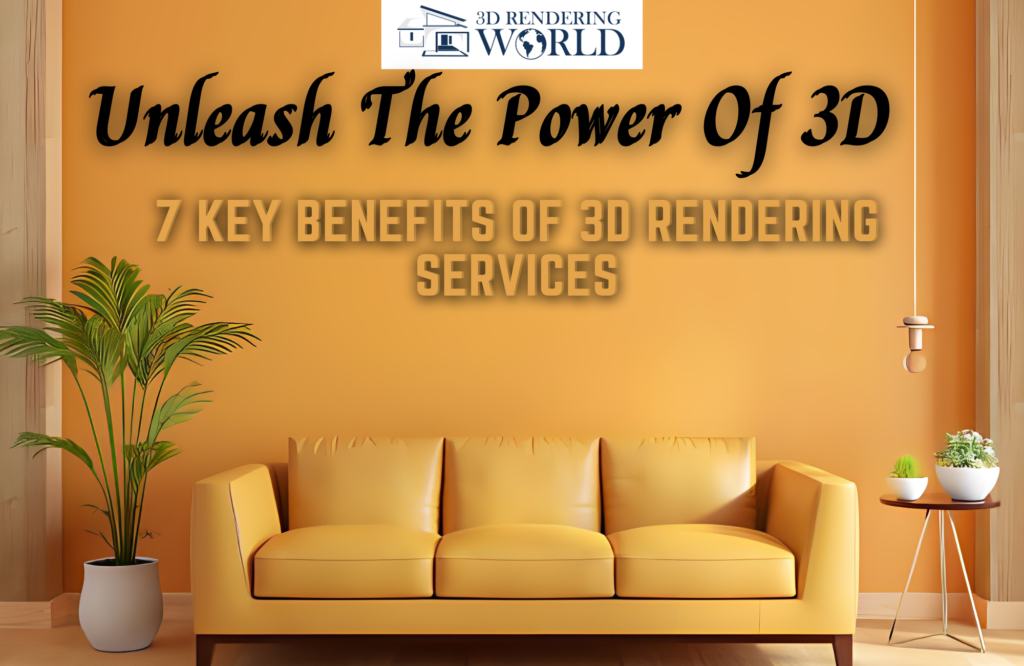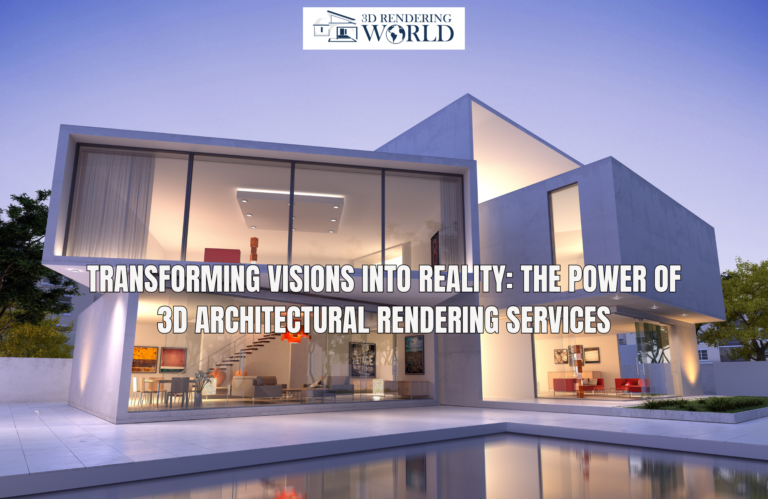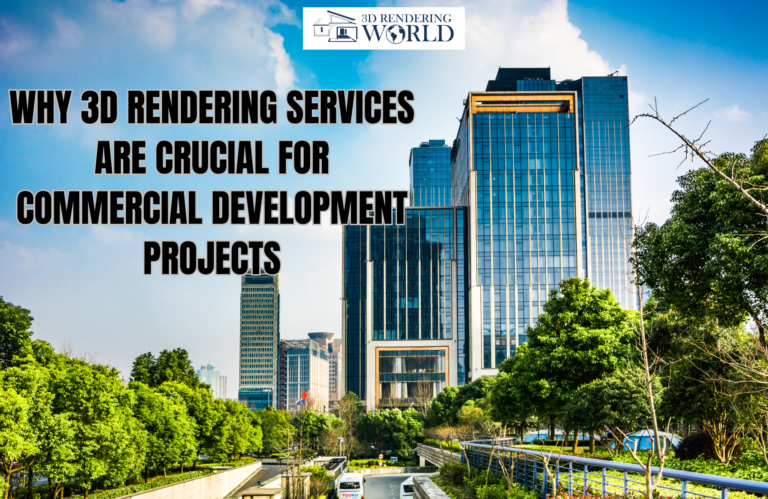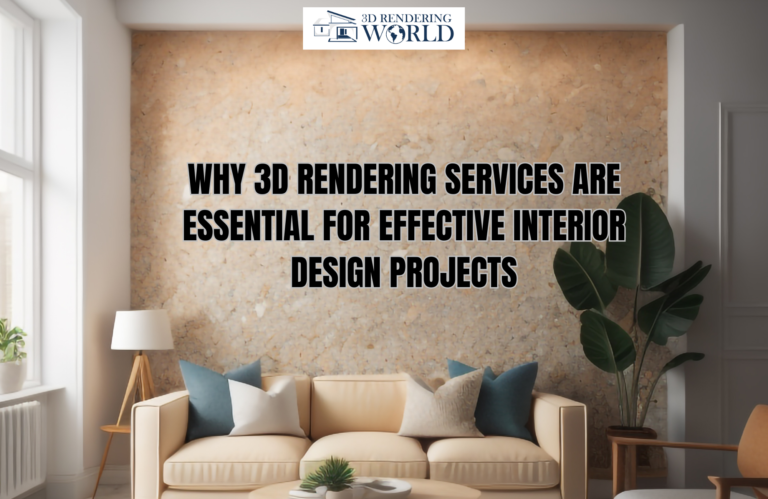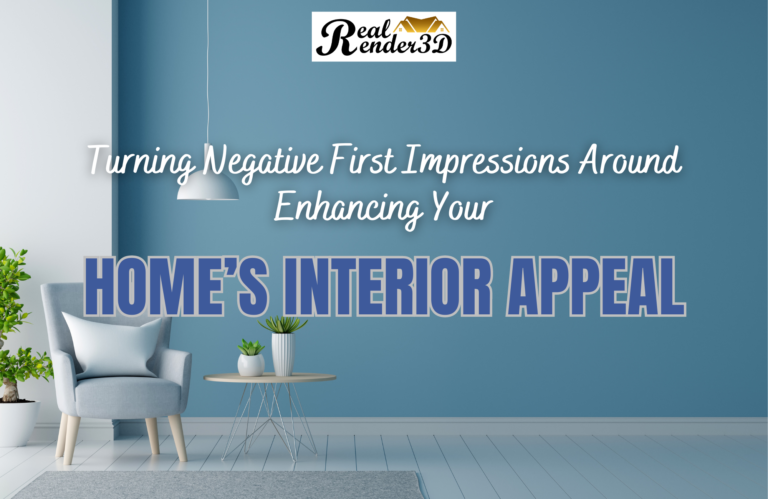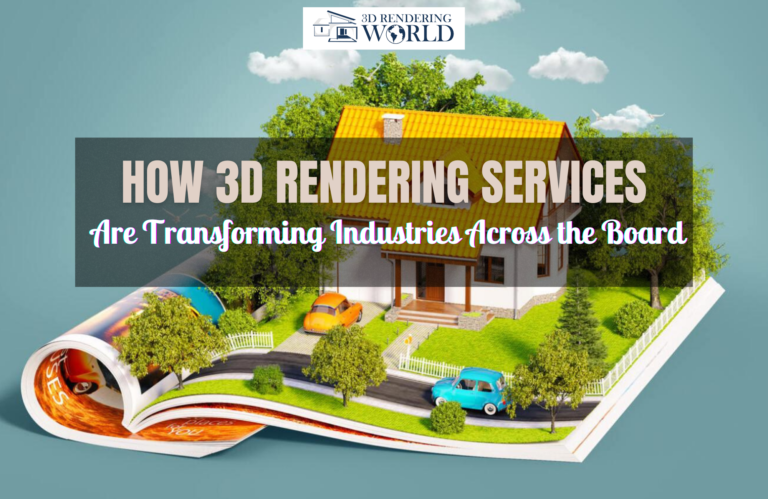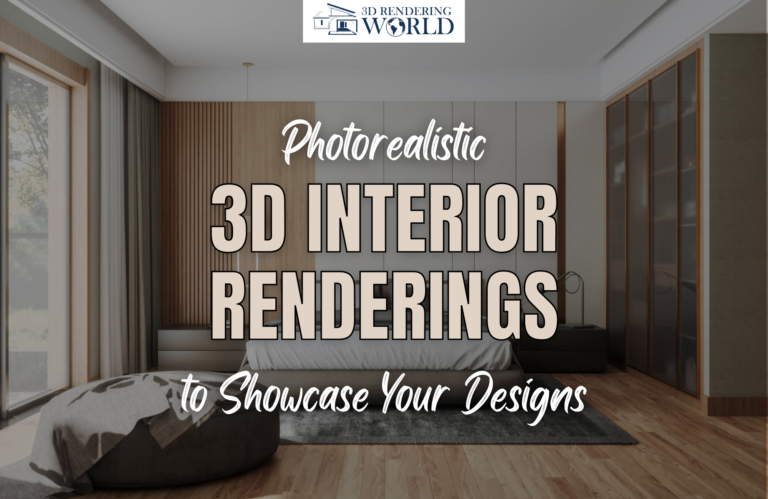Introduction
We live in a visually-driven world where a picture speaks louder than words. When selling or designing a property, high quality visuals have become essential to success. This is where leveraging the power of 3D rendering services can make all the difference.
3D rendering allows you to create photorealistic digital representations of architectural designs. From 3D home plans to interior design visualizations, the possibilities are endless. As a real estate agent or architect, unlocking the many benefits of 3D rendering can unlock new levels of client engagement and project understanding.
7 Top Reasons You Should Integrate 3D Rendering Services Into Your Design Process:
1. Enhance Understanding For Clients
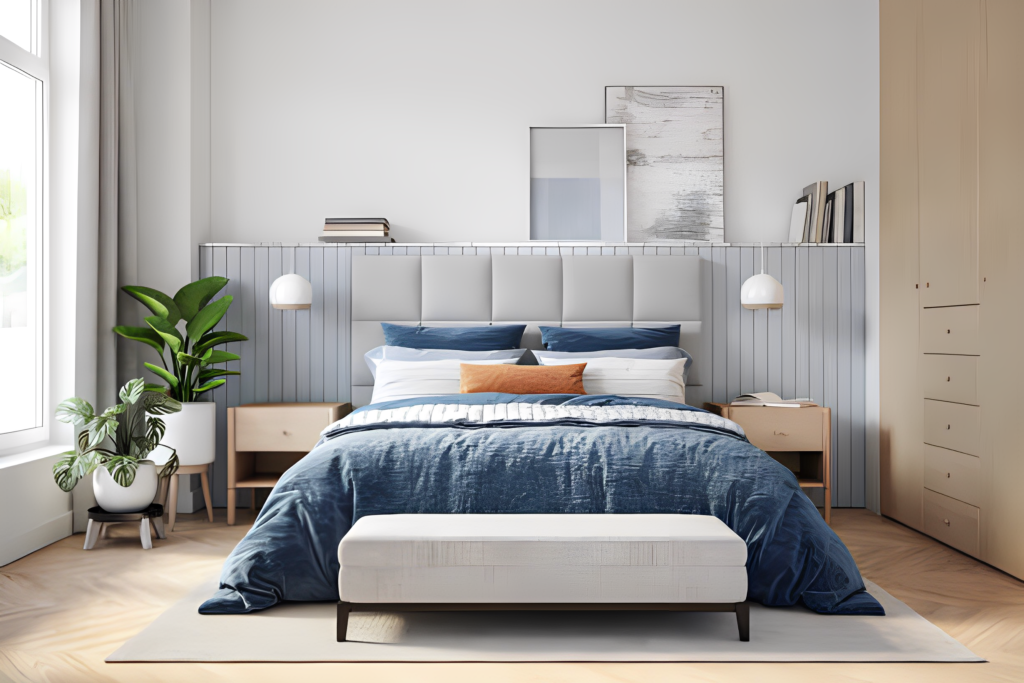
One of the biggest benefits of 3D interior rendering is the ability to give clients an accurate visual representation of the end design. For home renovators or buyers, this can range from 3D floor plans to full 3D interior renderings and walkthroughs.
Seeing crisp, photorealistic visuals makes it easier for clients to understand spatial dimensions, layout, finishes and textures. As 3D rendering has advanced, clients can view designs with proper lighting, shadows and reflections—just as it would look in real life.
This enhanced perspective bridges the gap between physical floor plans and the final built project. With fewer surprises and a better grasp of the end result, clients proceed with more confidence.
2. Elevate Your Listings With Immersive 3D Renders
In competitive real estate markets, listings with 3D renderings stand out from the crowd. Bringing listings to life using 3D interior renderings provides an extra level of immersion and emotion for buyers. This gives them a powerful sense of what a property could look and feel like.
Whether you invest in a single 3D rendered hero shot or full 3D walkthrough videos, visual media performs tremendously well across digital platforms. Savvy agents use this to gain more buyer enquiries and preempt objections.
3. Unlock New Value In The Design Process
Even for architects, 3D rendering delivers tangible value to your design process. Creating detailed 3D visuals early in the process allows you to test spatial proportions with clients, enabling faster sign-off on layouts and functionality.
With quicker verification of the major elements, more time can be devoted to aesthetics and finishes. You gain flexibility to easily try out colour palette variations, play with decorative accents and experiment with lighting schemes. The 3D visual approach brings efficiency and creativity.
4. Go Beyond Floor Plans With 3D Room Renders
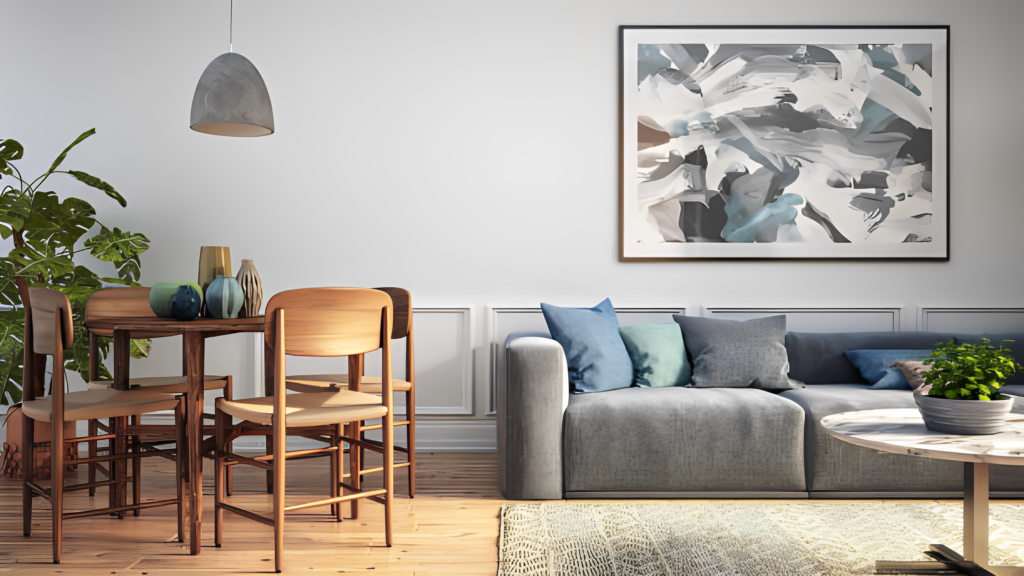
While essential for orientation and dimensions, floor plans have limits in bringing designs to life. This is where detailed 3D room renders excel—bridging technical floor plans with experiential visualization.
Whether its the living room, kitchen, bathroom or outdoor space, 3D room renders showcase your designs with proper textures, lighting, and shadows for an authentic look and feel. This helps clients visualize themselves enjoying the spaces you envision.
Room renders can feature custom furnishings, decorative elements, and paint colors for added realism. This level of detail is a proven sales tool for designers and real estate agents.
5. Reduce Costly Design Changes During Construction
Constructing the design based solely on 2D drawings often leads to unexpected changes during the build process to accommodate unforeseen issues. This forces compromises that can diminish the initial vision.
Creating comprehensive 3D visualisations first allows you to work through spatial and functionality considerations digitally— when changes cost far less to implement. This avoids having to modify physical structures mid-construction, saving significant money and preventing compromises in quality.
6. Use 3D Visuals To Market Your Services More Effectively
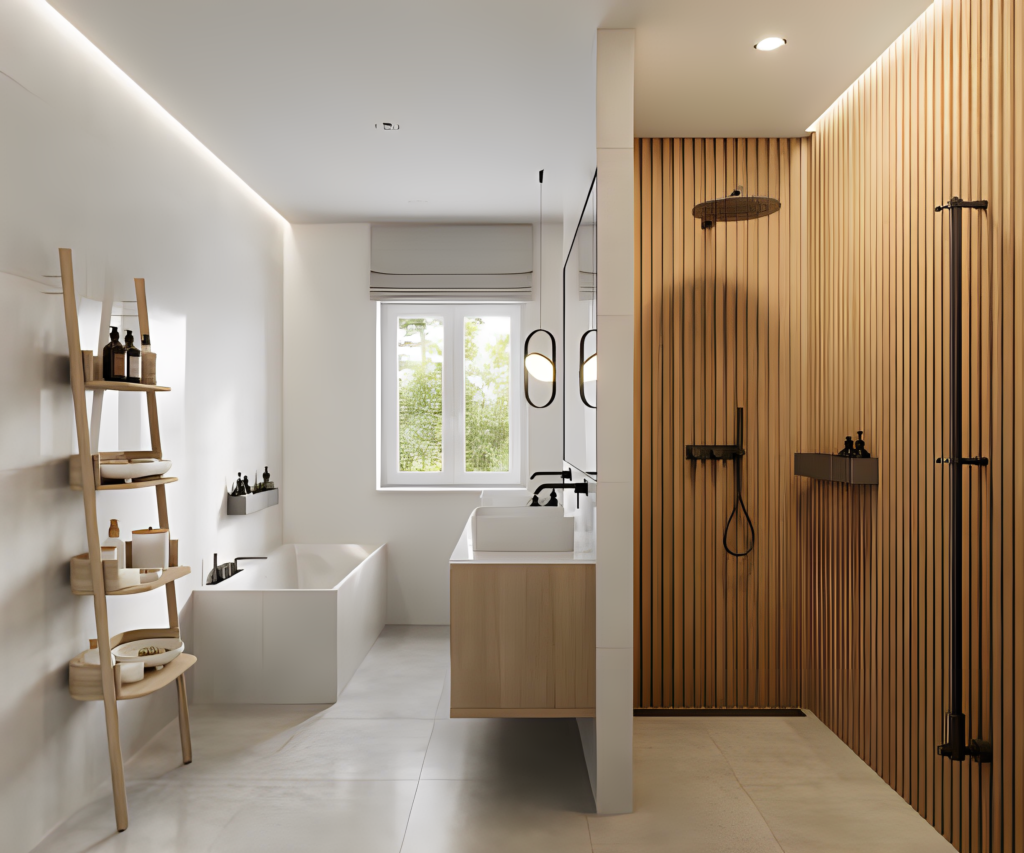
One of the most direct advantages of advanced 3D renderings lies in marketing. With striking visuals representing your best work, you can showcase your services in a more compelling way across all digital platforms.
Share before and after renderings on social media and embed immersive 3D walkthroughs on your website to engage new leads. Use rendered project highlights in your email campaigns and proposals to demonstrate your style and expertise. This allows you to continually enhance your perception of your personal or company brand.
7. Leverage Game Engine Technology For Extra Realism
The latest innovation in architectural visualization utilizes gaming engine technology for new levels of real-time photorealism. This empowers designers to showcase projects with accurate physics applied— including natural lighting, shadows, reflections, and textures.
Clients can digitally walk through impressively realistic 3D environments with buttery smooth frame rates and pixel-perfect detail wherever they look. This represents a quantum leap over pre-rendered 3D animations. Property walkthroughs and interactive 3D models will never be the same again thanks to this game-changing technology.
Unlocking The Power: Partner With An Industry Leader
Hopefully, the above points have revealed why 3D rendering and visualization should play a key role in your architecture or virtual home staging real estate services. The next step lies in choosing the right partner to bring your designs to life digitally.
For unparalleled realism, efficiency, and creative excellence in 3D, choose 3D Rendering World as your rendering partner. As an award-winning industry leader trusted by top architects and property developers, 3D Rendering World delivers incredible value across residential and commercial projects of all scopes and sizes.
Frequently Asked Questions
Why is 3D rendering important?
3D rendering is important because it allows you to create photorealistic visualizations of architectural designs, enabling enhanced client understanding, more immersive listings, and streamlined design processes.
How does 3D rendering enhance client understanding?
3D rendering enhances client understanding by allowing home buyers and renovators to view 3D floor plans, interior renderings, and room representations to better grasp spatial layouts, finishes and textures before purchase or renovation sign-off.
Immersive 3D interior renderings, animations, and walkthroughs help real estate listings capture more buyer attention across digital platforms and websites, leading to more inquiries.
Creating spatial 3D visualizations early in the architectural process allows faster client verification and layout sign-off so more time can be invested in perfecting lighting, textures, colors, and decorative details.
Interior designers should use 3D rendering because it enables clear communication of abstract creative ideas through visual materials that accurately showcase intended textures, lighting, accents and spatial attributes for client assurance.
Ultra-high-quality 3D interior visualizations help an interior design studio stand out in a competitive marketplace saturated with 2D mood boards by meeting modern client expectations for digitally enhanced perspectives.
Game engine technology in 3D rendering utilizes video game principles to create seamless, photorealistic, full motion walkthrough functionality that propels designs beyond static images for greatly enhanced interactivity and engagement.

